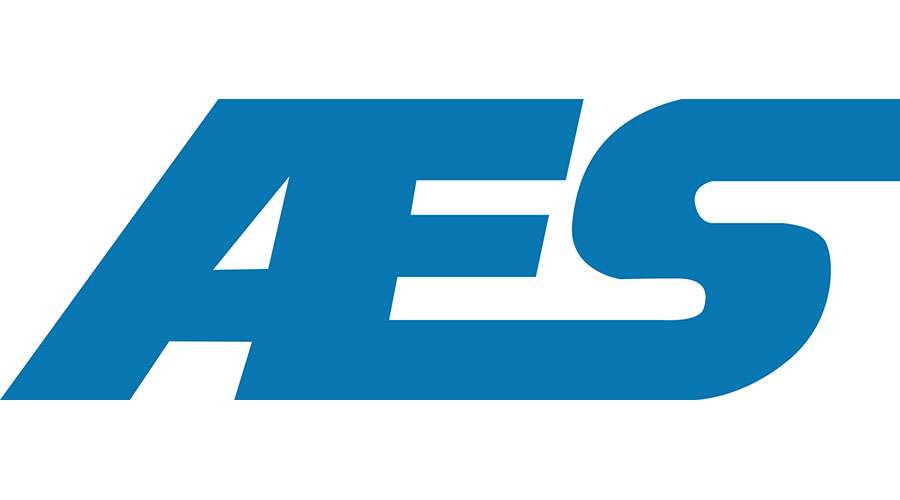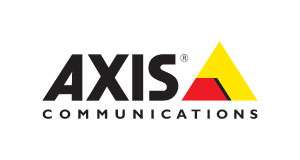Product
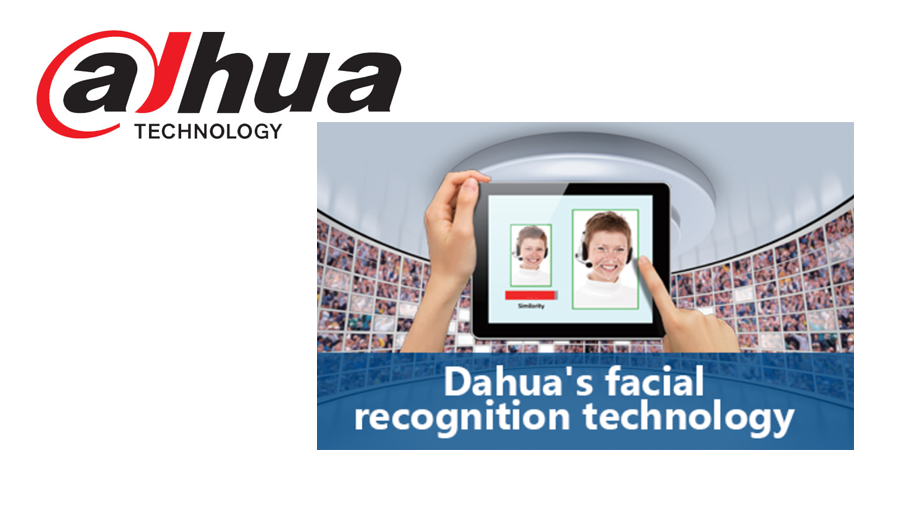
Dahua Technology sets a New Record for LFW Facial Recognition
Dahua Technology, a global leader in video surveillance solution, sets a New Record for LFW Facial Recognition. Beating the record set previously by Baidu, Tencent, Google and others.
Recently, the facial recognition technology team from Dahua Technology presented their results for Labeled Faces in the Wild (LFW), which is a worldwide authoritative facial recognition database test set. With a series of technical improvements, the Dahua-FaceImage facial recognition system was not only ahead of Google, Facebook, Baidu, and Tencent, it also set a new LFW record and placed Dahua’s facial recognition technology in a world leading position.
LFW was established in 2007 by the University of Massachusetts and is used to evaluate the performance of facial recognition algorithms under unconstrained conditions. It is the most widely used evaluation set in the field of facial recognition. Up until now, a few dozen teams from around the globe have provided more than 80 test results. These teams come from companies including Google, Facebook, Microsoft Research Asia, Baidu, Tencent, SenseTime, Face++, Chinese University of Hong Kong and other leading teams from industry and academia. Many of the top ranking methods have played a crucial role in promoting the development of facial recognition technology.
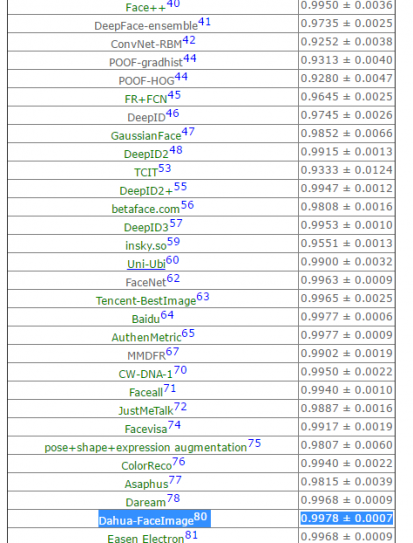
Figure 1. LFW evaluation results indicate that Dahua-FaceImage delivered the best result.
In recent years, most of the improvement in facial recognition technology was achieved by the development of deep learning. Deep learning is a machine learning approach that simulates the human neural system. The functions of Convolutional Neural Networks (a commonly used deep learning model) are closely related to network depth. However, since deep networks are difficult to optimize, the network depth for facial recognition methods of the past generally range from a few to a few dozen layers. Dahua’s facial recognition technology team has designed a network with a depth of over a hundred layers (this is currently the deepest network layers amongst facial recognition system that has been announced). This enables a new type of metric learning method which allows the similarity score to be higher for images of the same person. At the same time it lowers the similarity score between images of two different people. Combined with a highly efficient online sampling technique, the rate of convergence can also be greatly increased. By training multiple models and using a non-linear multi-model integration technique, Dahua has achieved an accuracy of 99.78% for the LFW dataset.
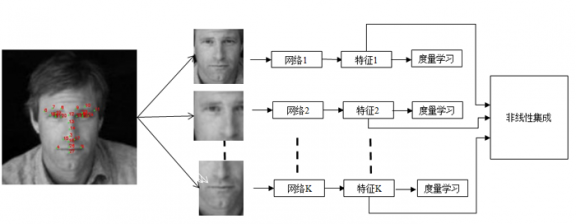
Figure 2. Schema for Dahua facial recognition technology
Dahua’s facial recognition technology team is part of the advanced technology research institute in our R&D center, where its abundant resources in deep learning technology, hardware, data and other aspects, supported the team to deliver high performance outcome. The team supports Dahua’s facial recognition related products (face detection, face feature point location, face recognition, face attribute analysis, smile detection and so on) and provides the technology to ensure robust commercial implementation.
Spokesperson for the Dahua facial recognition technology team, Professor Wang Haiyang indicated that achieving high accuracy in open data sets had motivated his team to work on the more challenging implementation in real-life situations. Dahua has been a leader in the security and video surveillance industry for many years, and accumulated a huge volume of video data. By utilizing this data to adjust the learning model, the performance of the algorithm in real-life situations has been greatly improved. Furthermore, the security application requires the recognition algorithms to response quickly. The technical team used network pruning and a multi-model feature sharing technique to greatly reduce redundant operations so that the amount of calculations required for networks with over a hundred layers is similar to that for networks with only a few dozen layers.
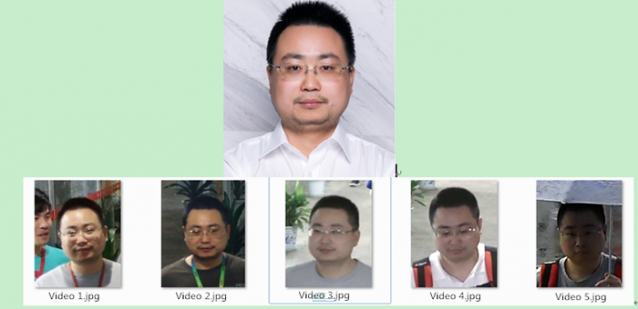
Figure 3. Dahua’s huge volume of recorded video data for facial recognition
Dahua’s facial recognition technology has already been applied to public security, finance, and other areas. At the latest G20 summit, which has been at the center of attention, Dahua’s facial recognition technology was successfully applied to enhance the security level. Dahua cameras were deployed in core G20 activity areas and in many traffic hubs. Real-time images captured were automatically matched with security blacklists in the back-end. When a high-risk person showed up in the video, the system will issue a warning message to command center to dispatch response immediately. This system played an important role during the G20 summit and assisted police in arresting a number of fugitives while the system was still in its commissioning phase. Customer oriented and open innovation have been the core value of Dahua Technology. Dahua’s facial recognition technology is reflecting our commitment to provide customers with better technology and services to implement more sophisticated solutions at lower costs.



